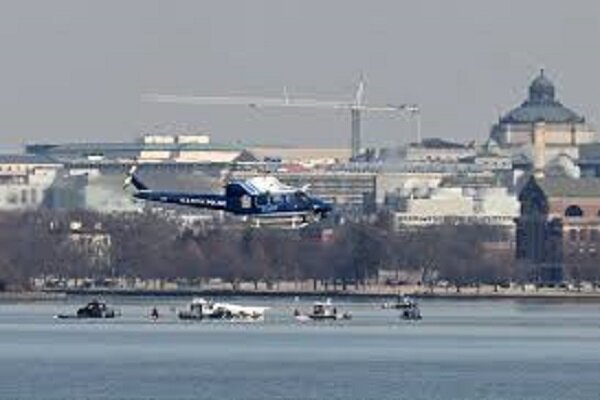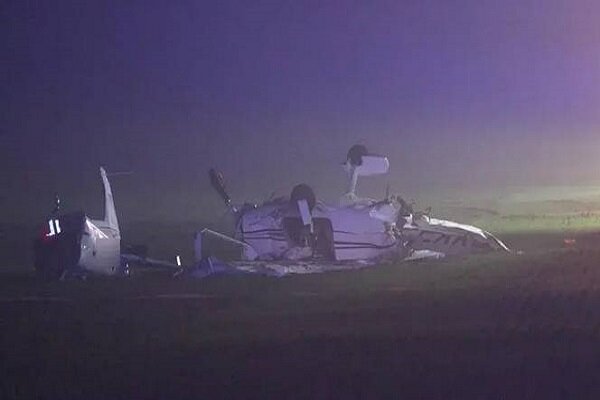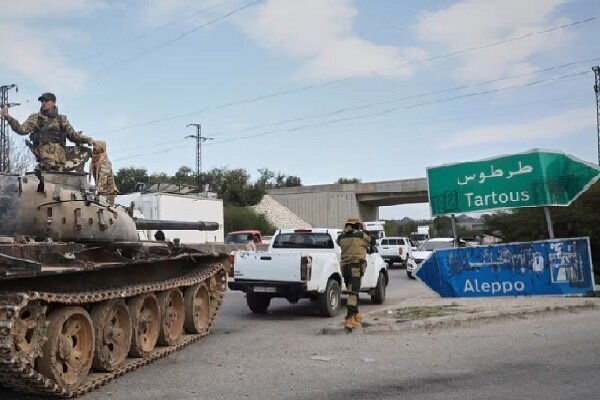Jet Makes Emergency Abort on First Landing Attempt at Reagan National Airport
In a tragic incident that has shocked the aviation community, two flights experienced significant safety concerns involving military helicopters near major airports. The most harrowing event took place when American Airlines Flight 5342 collided with a military helicopter, resulting in a devastating loss of life. This news article delves into the details surrounding these incidents, highlighting the importance of air traffic safety and communication.
On a recent Tuesday, Republic Airways Flight 4514 from Bradley International Airport in Connecticut faced an alarming situation. As it approached Reagan National Airport, air traffic controllers had to instruct the flight to make a second approach due to a helicopter that appeared dangerously close to its flight path. This incident raises important questions about air traffic management and safety protocols in busy airspace.
The following evening, a more catastrophic event unfolded. American Airlines Flight 5342, which was arriving from Wichita, Kansas, was in the process of landing at Reagan National Airport, situated just across the Potomac River from Washington, D.C. Tragically, the flight collided with a military helicopter shortly before 9 p.m., leading to a horrific accident that claimed the lives of all on board.
The aftermath of the collision revealed that a total of 60 passengers and four crew members aboard the jet were killed, alongside three soldiers who were flying in the Army’s UH-60 Black Hawk helicopter. This incident marks the deadliest air disaster in the United States since 2001, underlining the critical need for stringent air traffic control measures.
According to reports from the Washington Post, air traffic controllers had issued warnings to the military helicopter, alerting it to the proximity of the incoming American Airlines flight. Just moments before the devastating collision, radio transmissions indicated that the military aircraft was getting perilously close to the passenger jet, which was operating roughly 400 feet above the icy waters of the Potomac River.
These incidents raise several key points about aviation safety:
- Importance of Air Traffic Control: Effective communication between air traffic controllers and pilots is vital to ensure the safety of all aircraft in busy airspace.
- Military and Civilian Coordination: Increased collaboration and coordination between military and civilian aviation sectors is crucial to prevent future tragedies.
- Technological Enhancements: Implementing advanced tracking and monitoring technologies could help in identifying potential conflicts between aircraft.
- Regular Safety Protocol Reviews: Regular reviews and updates of safety protocols can help in adapting to new challenges in aviation.
This incident serves as a grim reminder of the potential dangers that can arise when multiple aircraft share the same airspace. The aviation industry must take a proactive approach to address these challenges to enhance flight safety for both passengers and crew members.
The response to this tragic event has been swift. Investigations are underway to determine the exact circumstances that led to the collision and to identify any lapses in protocol that may have contributed to this devastating outcome. Authorities are committed to uncovering the truth behind the disaster to prevent similar occurrences in the future.
As the investigation continues, the families of the victims are left to mourn their loss. The emotional toll of such a tragedy cannot be overstated, and it highlights the urgent need for comprehensive safety measures in aviation. The aviation community, alongside regulatory bodies, must work diligently to ensure that lessons are learned from this heartbreaking incident.
In conclusion, the tragic collision involving American Airlines Flight 5342 and a military helicopter serves as a stark reminder of the inherent risks associated with air travel. As we reflect on this devastating event, it is imperative that the aviation industry prioritizes safety, communication, and collaboration to prevent future tragedies. The lives lost in this incident must not be forgotten, and their memory should serve as a catalyst for change in the pursuit of safer skies.






